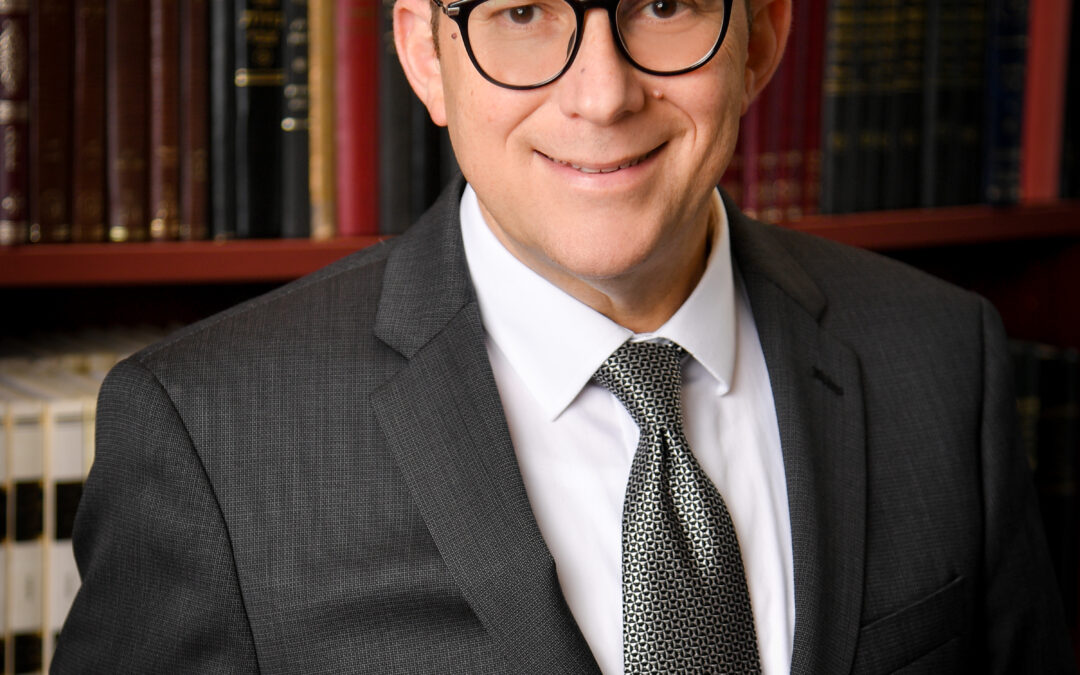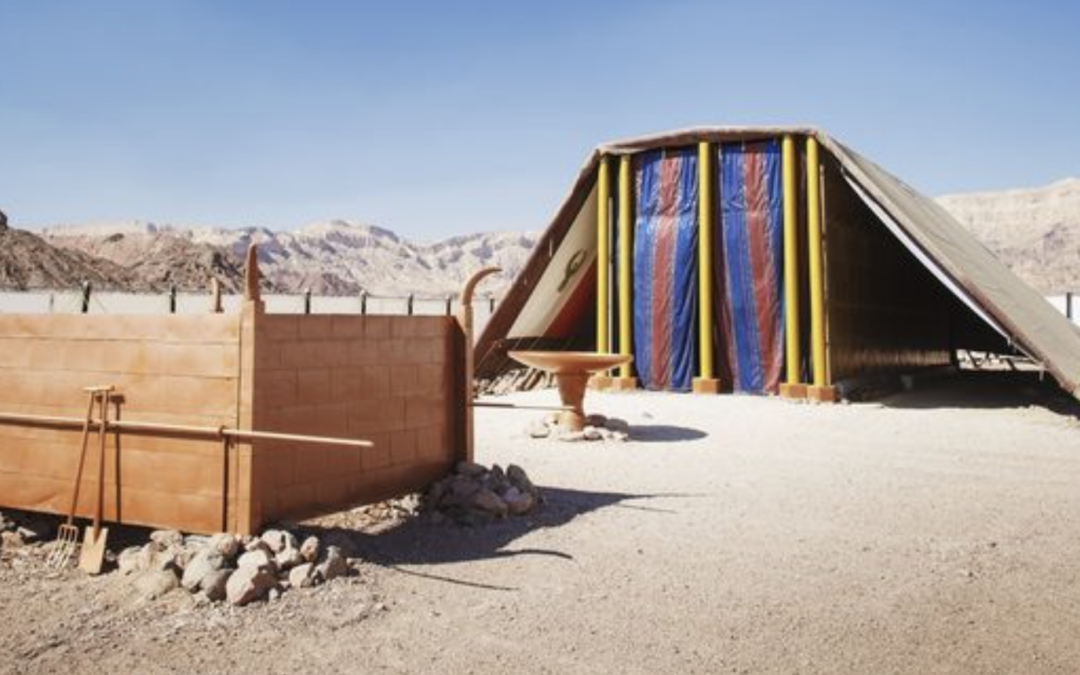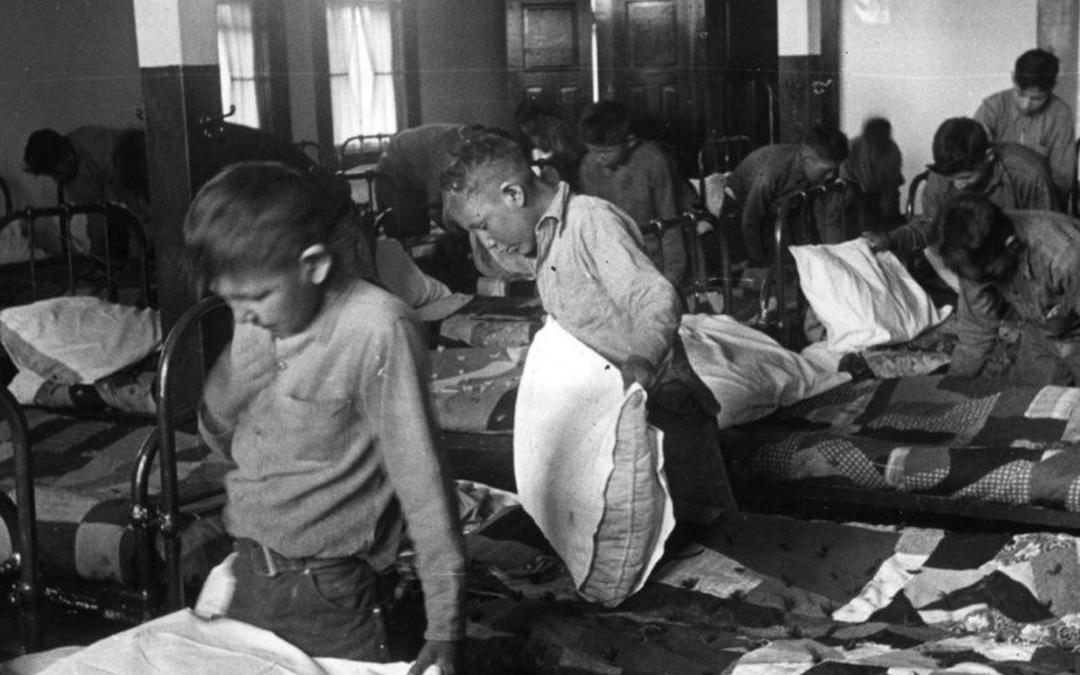 “And you will make for me a holy dwelling and I will dwell amidst them.”
“And you will make for me a holy dwelling and I will dwell amidst them.”
This week’s parsha contains the detailed description or blueprint for building the Tabernacle. If we examine the above verse written in the Torah, God says that he wants the Israelites to build him a tabernacle or dwelling place so that his presence can be contained there.
The idea of a sanctuary is a bit unsettling. Can God fit in a sanctuary? Is that the only place God is? In actuality, the Torah makes it clear where God is meant to dwell, even after building the sanctuary. The Torah says after building the sanctuary, God will dwell “betocham” (the plural form) which literally means God will dwell amidst them, the people. Even after God builds the sanctuary, he still dwells everywhere.
So why build a sanctuary if God lives everywhere? Though we believe that God is everywhere in the world, we still need to have a specific, special or sacred place for God. There is something significant about creating a specific time and place in which we separate ourselves from the outside world in order to create that relationship with God. Shabbat is that sacred time, and the Mishkan is the place. Having a sacred place like the Mishkan is important because our lives are busy and full. Having “structure” allows us to concentrate in a finite place and focus on our real goals. Though we understand that we can reach God anywhere, setting aside a time makes this a regular part of our lives, in a place (hopefully) free from everyday distractions.
Rabbi Jonathan Sacks describes this beautifully:
“The answer is that the Divine presence lives not in a building but in its builders; not in a physical place but in the human heart. The sanctuary was not a place in which the objective existence of G-d was somehow more concentrated than elsewhere. Rather, it was a place whose holiness had the effect of opening the hearts of those who stood there to the One worshipped there. G-d exists everywhere, but not everywhere do we feel the presence of G-d in the same way. The essence of ‘the holy’ is that it is a place where we set aside all human ‘devices and desires’ and enter a domain wholly set aside to G-d.”
But the goal of the sanctuary is to take home that inspiration. And the only way to do this is to make place in our hearts for God. The Kotsker Rebbe, a Chassidic rabbi who lived during the turn of the 18th century (1787–1859) in Poland. The Kotsker used to ask his students: Where is God? – and would answer: “wherever you let him in.” The Kotsker Rabbi is saying that if we truly want to have a relationship with God, the first thing that we have to do is let him into our lives and our hearts. We build a sanctuary on the ground, but we must also build a sanctuary in our hearts.
As we build the sanctuary in our hearts, we have to learn how to open that sanctuary to others. Rabbi Sacks suggests that the building of the Mishkan was also a blueprint for building community, because it was done by all of the people in Israel. He writes:
“Even after all the miracles of the Exodus, even after the revelation at Sinai, what truly binds the people together is the act of creating something as a community–the act of shared contribution and building. Every single Jew is a partner in the construction of the Mishkan/Temple. And every time that Jew learns Torah or builds a Jewish home, we are continuing the process of the bringing God’s presence down to earth, to be a part of our lives.” (www.rabbisacks.org)
Some of my friends used to attend a group known as a “sacred circle”. There the group would share and discuss not only general concerns but also personal struggles. What is the attraction of the sacred circle? It is the idea that a group can come together and share absolute trust. It is a place where everyone is committed to helping another person and providing wisdom and guidance. This is opening our mishkan, our sanctuary, to others, and building a community by linking sanctuaries.
Shabbat Shalom












